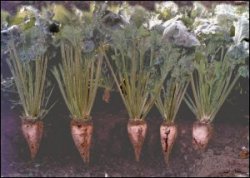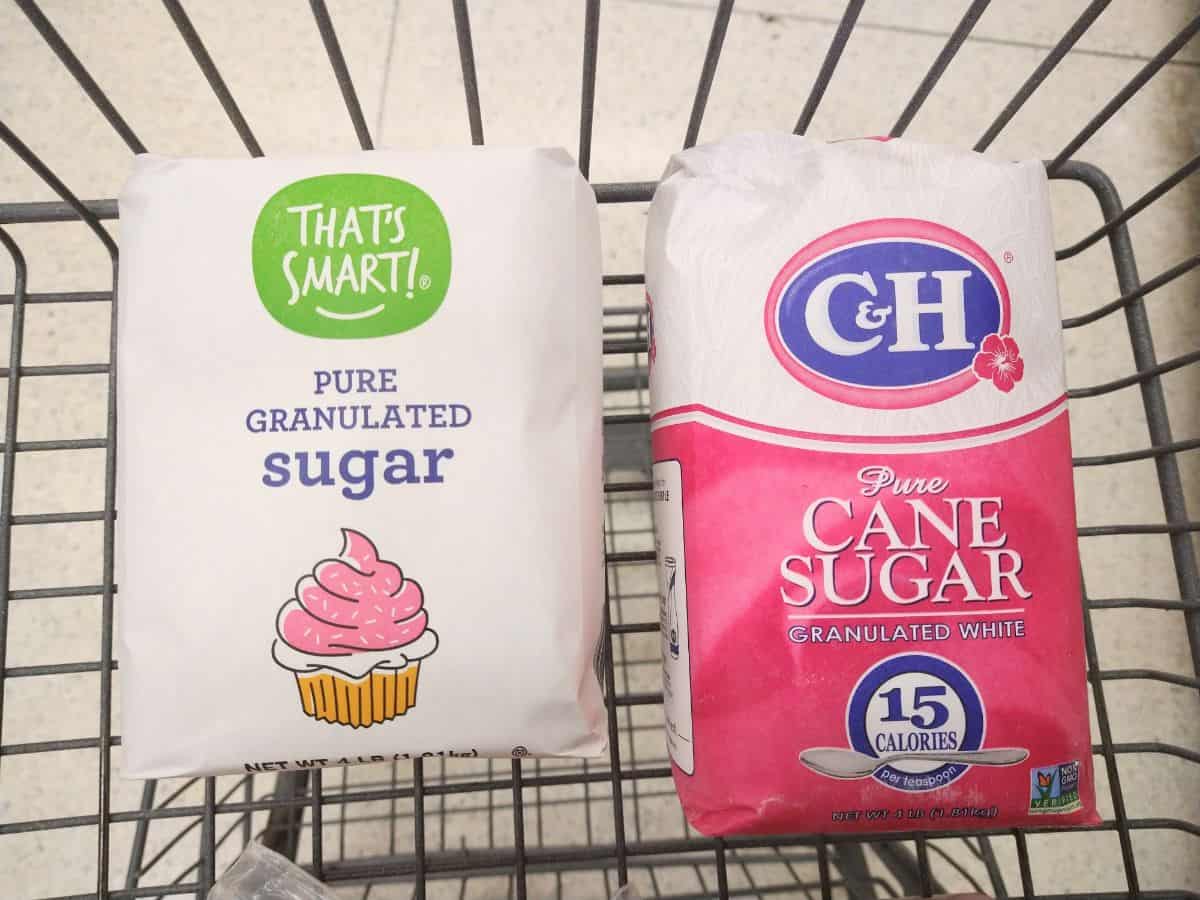Beet Sugar Vs Walking Cane: Discover the Best Selection for Your Sweetening Demands
The selection between beetroot sugar and cane sugar extends beyond plain sweet taste; it encompasses aspects such as flavor accounts, production methods, and nutritional advantages. While both sugars offer similar functions in cooking applications, their unique attributes can considerably influence your choice based upon details needs. As an example, the natural touches of beetroot sugar might not match every meal, whereas walking stick sugar is frequently favored for its clean taste. As we check out these subtleties, it ends up being necessary to consider which option lines up finest with your cooking objectives and health and wellness choices. What could stun you are the effects of each choice on your overall cooking experience.
Overview of Beet Sugar
Beetroot sugar, generally obtained from the sugar beet plant, is often made use of as a key artificial sweetener in numerous foodstuff. The sugar beet, a biennial plant, thrives in warm climates and is largely cultivated in regions such as Europe and North America. beet sugar vs cane. The extraction procedure involves cutting the beetroots and drawing out the juice, which is after that cleansed and taken shape to create granulated sugar
One noteworthy characteristic of beetroot sugar is its chemical composition, which is virtually the same to that of cane sugar, as both consist primarily of sucrose. This resemblance enables beet sugar to be made use of interchangeably with walking cane sugar in dishes and food production.
Beet sugar is likewise kept in mind for its versatility in different applications, including baking, drink solution, and confectionery manufacturing. In addition, the beetroot sugar industry has made strides in lasting practices, with numerous manufacturers carrying out eco-friendly farming approaches.

Review of Walking Stick Sugar
Cane sugar, originated from the sugarcane plant, is just one of the most extensively acknowledged and made use of sugar worldwide. It is primarily made up of sucrose, a disaccharide that supplies a sweet flavor account essential for numerous culinary applications. Walking stick sugar is commonly located in granulated type yet is likewise available as raw sugar, brown sugar, and powdered sugar, each serving distinct purposes in cooking and baking.
The farming of sugarcane projects in exotic and subtropical regions, adding to its widespread schedule. The plant grows in warm environments, requiring ample sunshine and water for optimum growth. Walking stick sugar is often valued for its natural manufacturing approach and minimal handling, which maintains its taste and dietary homes.
Along with its culinary uses, walking stick sugar plays a substantial role in the food industry, functioning as a preservative, fermentation substrate, and texturizing agent. Its flexibility expands beyond food, locating applications in drinks, confections, and even cosmetics. With a lengthy history and a solid social presence, walking stick sugar remains to be a favored option for consumers looking for a natural sweetening alternative.
Manufacturing Processes Compared
When contrasting the production processes of beetroot sugar and walking cane sugar, it ends up being clear that each approach mirrors the unique features of its resource material. Beetroot sugar manufacturing begins with harvesting sugar beetroots, which are then cleaned, cut, and subjected to hot water extraction to dissolve the sugar.
In comparison, cane informative post sugar manufacturing involves collecting sugarcane stalks, which are crushed to remove juice. This juice is then made clear utilizing heat and lime, comparable to the beet procedure. After information, the walking cane juice is evaporated and taken shape. However, the cane sugar procedure incorporates a longer milling and pressing phase, which assists in removing optimum juice from the stalks.
Both processes highlight efficiency, but the methods highlight differences in equipment and energy use. Beetroot sugar often tends to have a more simple processing route, while cane sugar production can be much more complicated due to the coarse nature of the walking cane stalks. Eventually, these distinctions form the qualities of the sugars created.
Nutritional Profiles and Perks
Sugar, a staple in several diet plans, differs in nutritional profiles and benefits depending on its resource. Both beet sugar and walking stick sugar mainly include sucrose, providing comparable caloric material-- around 4 calories per gram. Nonetheless, refined differences can influence consumer choices and perceptions.
Beet sugar is obtained from sugar beets, which include tiny amounts of minerals and vitamins, such as potassium and calcium, yet these nutrients exist in minimal quantities when consumed in common amounts. On the other hand, cane sugar, drawn out from sugarcane, might offer similar trace nutrients, yet the differences are largely insignificant and marginal in the context of a well balanced diet plan.
One noteworthy aspect is the environmental influence of each source, which can indirectly impact nutritional choices. Beetroot sugar production is typically viewed as more sustainable because of reduced water use compared to walking cane sugar farming. In addition, some people choose beet sugar because of its non-GMO condition in specific regions, potentially aligning with health-conscious customer fads.

Taste Distinctions and Utilizes
Distinctive flavor accounts characterize beet sugar and cane sugar, affecting their applications in various culinary contexts. Beet sugar has a slightly natural preference, which can be attributed to the soil in which the weblink beetroots are expanded.
In sensible terms, beetroot sugar and cane sugar can typically be used mutually in most dishes. Nevertheless, pastry chefs and culinary specialists frequently lean in the direction of walking stick sugar for its remarkable capability to caramelize, which is important in creating complex taste accounts in confections and sauces. In addition, cane sugar is preferred in beverages, as its taste dissolves flawlessly, keeping the honesty of the drink.
Ultimately, the option between beetroot and walking cane sugar may come down to personal preference and the specific demands of the dish, with each kind offering one-of-a-kind attributes that can enhance the cooking experience.
Verdict
In summary, the option between beetroot sugar and cane sugar pivots on certain culinary applications and personal wellness considerations. While beetroot sugar offers a slightly earthy taste and lasting production advantages, walking cane sugar's cleaner sweetness is typically chosen in baking and delicate recipes. Assessing the manufacturing processes, dietary accounts, and flavor distinctions can direct consumers in selecting one of the most suitable sugar for their demands, ensuring both taste contentment and alignment with dietary choices.
Beet sugar, frequently obtained from the sugar beet plant, is regularly made use of as a crucial sweetening representative in numerous food products. Walking cane sugar is frequently found in granulated kind yet is also readily available as raw sugar, brown sugar, and powdered sugar, each serving unique purposes in food preparation and cooking.
When comparing the production processes of beetroot sugar and walking cane sugar, it comes to be clear that each approach reflects the one-of-a-kind attributes of its resource product. Beet sugar production starts with gathering sugar beetroots, which are then cleaned, cut, and subjected to warm water removal to liquify the sugar. Beetroot sugar often tends to have a more simple handling path, while walking cane sugar manufacturing can be extra complicated due to the coarse nature of the walking stick stalks.